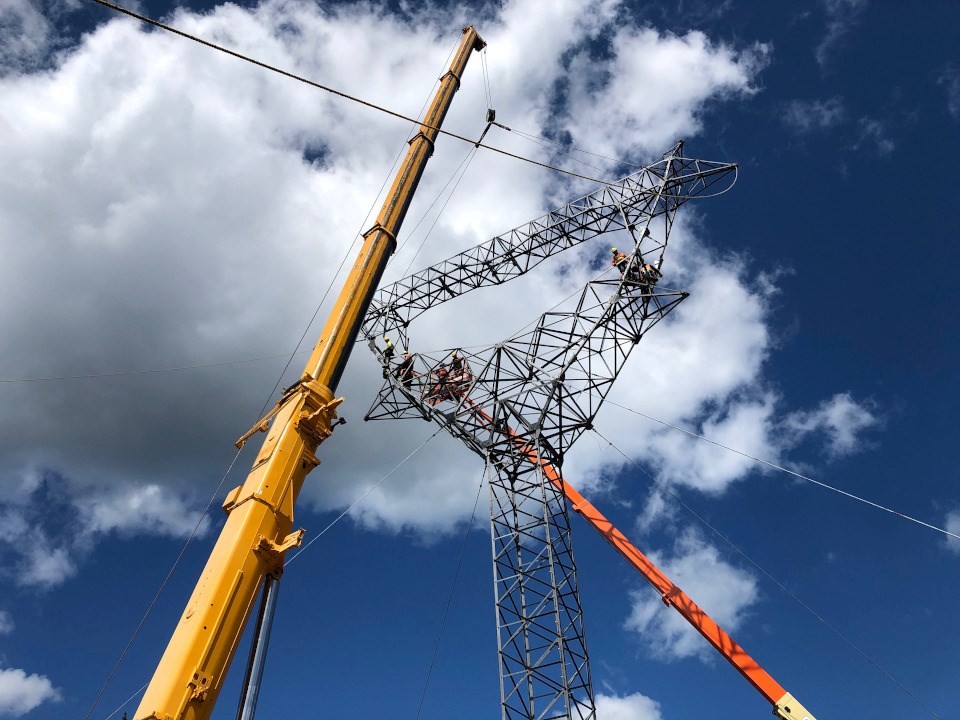The promises and pledges by Ontario cabinet ministers in a virtual town hall took on the air of a coming attractions preview for the fall.
Queen's Park expects to roll out a Long-Term Energy Plan and a new suite of economic development funding programs in the coming months, according to Energy, Northern Development and Mines, and Indigenous Affairs Minister Greg Rickford.
Rickford took part in forum on the second day of the Association of Municipalities of Ontario Conference on Aug. 18. The questions fielded from municipal politicians dealt with infrastructure, transit and resource development.
As chair of the Northern Ontario Heritage Fund Corporation, Rickford said to expect a "new-look, modernized" Crown agency to be unveiled with more targeted funding support for a "thriving, but perhaps not very well-known, agricultural sector in Northern Ontario."
He said the province has invested considerably in projects like tile drainage in northwestern Ontario as well as in the Temiskaming and Cochrane areas where the amount of arable land has grown considerably.
Want to read more stories about business in the North? Subscribe to our newsletter.
In bringing forward a "comprehensive" long-term energy plan this fall, Rickford promised "cost certainty" with an emphasis on a greater reliability of the provincial power grid.
The "new face" of the grid will deal with the "challenges of the past," he said, as much debate continues about whether there needs to be 66 local distribution companies (LDC) across Ontario.
Together with associate energy minister Bill Walker, Rickford they're determined to look where efficiencies can be found with a primary objective to "protect the integrity of the grid."
To be dealt with are cyberthreats that can compromise small systems run by LDCs and natural threats, such as the recent Red Lake forest fire, which can impact major transmission lines connecting major cities and towns.
The energy plan due out this fall, Rickford said, will be reflective of the rate relief granted to electricity consumers during the pandemic, particularly in adjusting rates for Ontarians working at home and the higher demands coming from small businesses, farms and major industrial players.
A popular provincial natural gas expansion program across Ontario could reach a third round of funding.
Walker added they've had "great success" with the number of applications for the first phase, announced in July 2019, with the intent of connecting unserviced communities to natural gas.
The province is now proceeding with a second phase, which will allocate up to $130 million to support new projects over a three-year period from 2021 to 2023.
Walker said he expects this second phase to be "oversubscribed" and hinted on a third phase once the province assesses the results of "how much we can get done" in the second phase.
Extending rural broadband remains a "critical infrastructure" priority for the government, declared infrastructure minister Laurie Scott.
"We need to do more and as fast as we can," said Scott, who referenced the Ford government's $315-million Up to Speed action plan, announced in June, to deliver better broadband and cell service to remote and underserviced areas.
The province is looking to leverage up to a $1 billion from the private sector and Ottawa as funding partners.
Scott said there's been great response with applications for the $150-million Improving Connectivity for Ontario (ICON) program, a fund established as the first phase of Up to Speed, as telecommunication companies are coming to the table.
"The digital divide is real and this is how we get our economy back on the mark."




